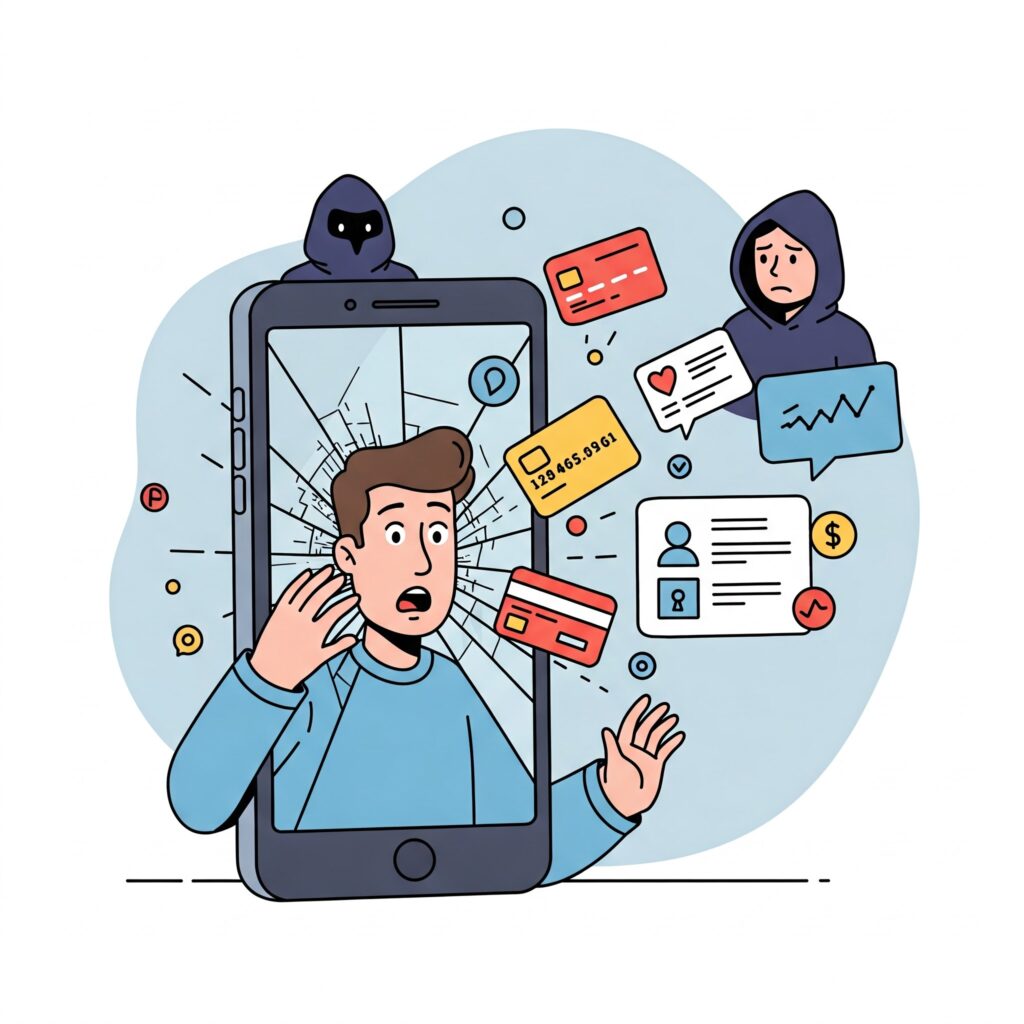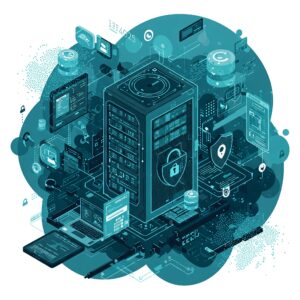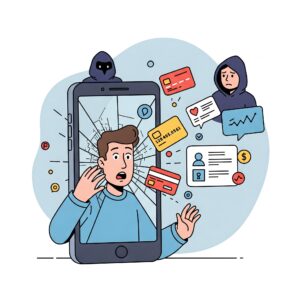Data Breaches and You: What You Need to Know
It feels like every day we hear about massive data breaches impacting millions. It’s unsettling, but understanding the risks and taking proactive steps can significantly reduce your vulnerability. What you need to know to stay safe!

It feels like every day we hear about massive data breaches impacting millions. It’s unsettling, but understanding the risks and taking proactive steps can significantly reduce your vulnerability. This post will cover recent events and what you can do to protect yourself.
Recent Cyber Security Events:
Several significant data breaches have made headlines recently. These incidents highlight the ongoing threat to personal data and the need for increased vigilance. While specifics of every event aren’t readily available, a pattern is clear: many large-scale breaches have occurred across various sectors like healthcare, technology, and telecommunications. Examples include but are not limited to:
- A massive data breach affecting billions of individuals: This breach exposed personal information such as full names, addresses, dates of birth, phone numbers, and Social Security numbers.
- Multiple breaches targeting T-Mobile customers: These attacks resulted in the exposure of customer contact information, ID cards, and social security numbers.
- Healthcare data breaches: Several medical clinics and billing companies have suffered breaches exposing sensitive patient information like medical records, insurance details, and financial data.
These are just a few examples; many more smaller incidents are happening constantly. The sheer volume and scope of these breaches illustrate the increasing sophistication and prevalence of cybercrime.
What Can You Do?
While you can’t completely eliminate risk, you can greatly reduce your vulnerability by taking these simple steps:
- Strong Passwords: Use long, complex, and unique passwords for each online account. Consider using a password manager to help generate and store them securely. Avoid easily guessable information like birthdays or pet names.
- Multi-Factor Authentication (MFA): Enable MFA whenever possible. This adds an extra layer of security, requiring a second form of verification (like a code sent to your phone) in addition to your password.
- Software Updates: Keep your software (operating systems, apps, antivirus) updated. Updates often include crucial security patches that protect against known vulnerabilities. Turn on automatic updates if possible.
- Secure Wi-Fi: Avoid using public Wi-Fi for sensitive tasks like online banking or shopping. If you must use it, use a VPN to encrypt your connection. Secure your home Wi-Fi network with a strong password and regularly update your router’s firmware.
- Suspicious Links and Attachments: Be wary of suspicious emails, links, and attachments. Don’t click on links or open attachments from unknown or untrusted senders. Look for spelling errors or inconsistencies in emails that might indicate a phishing scam.
- Monitor Your Accounts: Regularly check your bank statements, credit reports, and online accounts for any unauthorized activity.
- Cybersecurity Software: Consider using reputable antivirus and anti-malware software, along with identity theft protection services.
- Be Aware of Scams: Educate yourself about common scams, such as phishing emails, ransomware attacks, and tech support scams.
A Note on Apathy:
Recent research suggests a growing apathy towards cyber incidents. While this is concerning, it’s more critical than ever to remain vigilant. The consequences of a data breach can be severe, including identity theft, financial loss, and reputational damage. Don’t let apathy become your downfall. Take action today to protect your personal information.
Disclaimer: This information is for general guidance only and is valid as of March 7th, 2025. The cyber threat landscape is constantly evolving, so stay informed about the latest threats and best practices by checking in with Linfrastructure regularly!
For more detailed and in-depth coverage of all things Cyber Security, or to get help with a cyber issue or incident, reach out to our friends over at Clarify Cyber.






